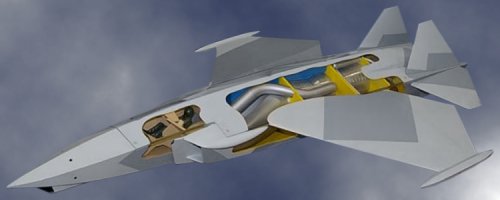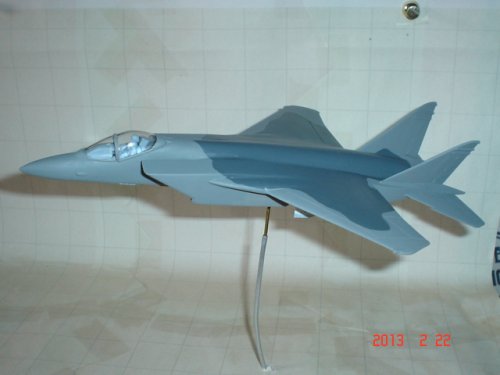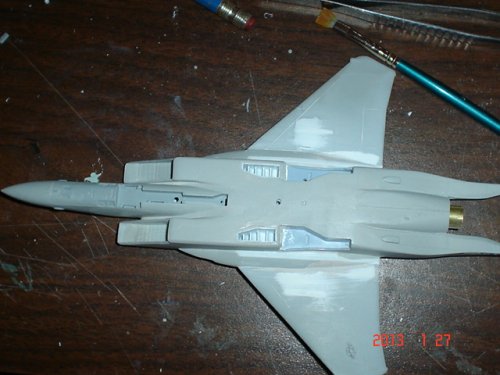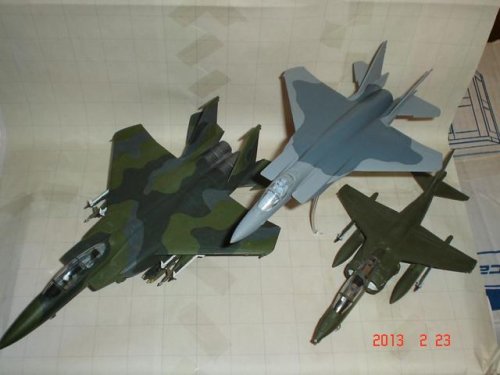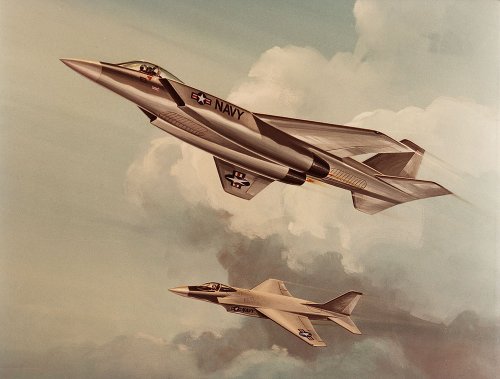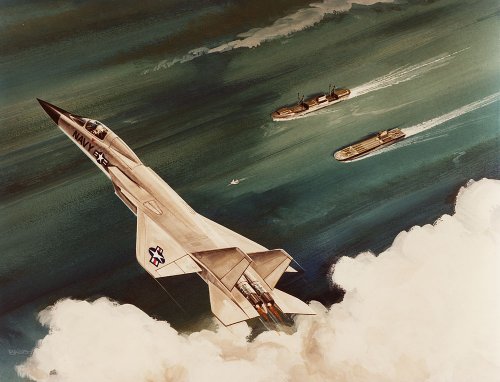Bgray
I really should change my personal text
- Joined
- 1 February 2012
- Messages
- 78
- Reaction score
- 23
Assuming some rich company or nation wanted to try and design and field the P.1216 concept (obviously there was never a flying prototype so you couldn't copy that ) as a cheaper alternative to the F-35 how hard woudl it be to accomplish today?

